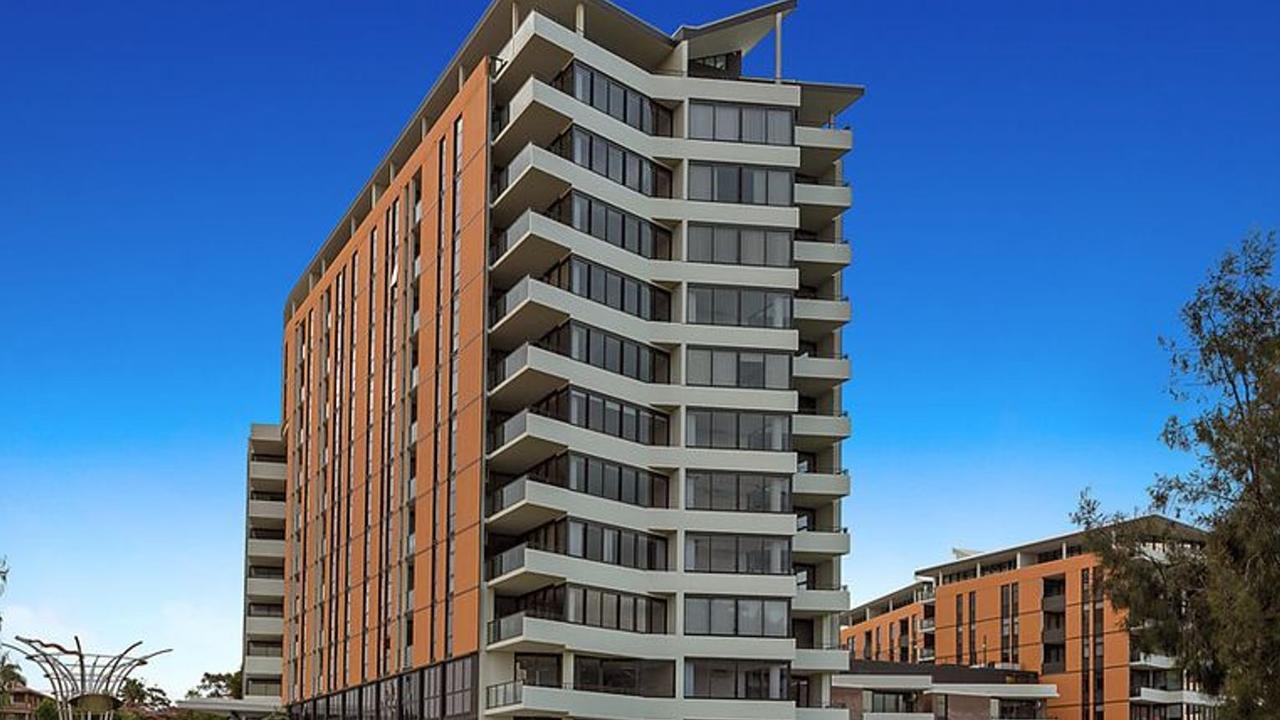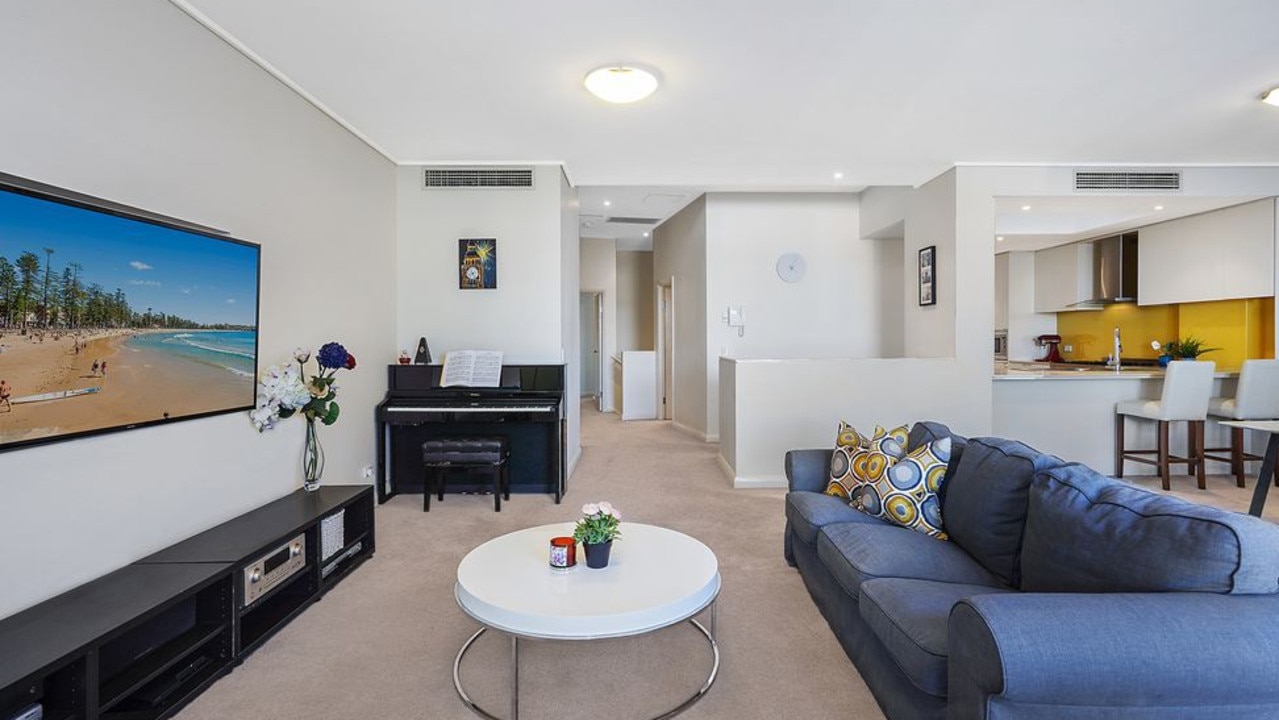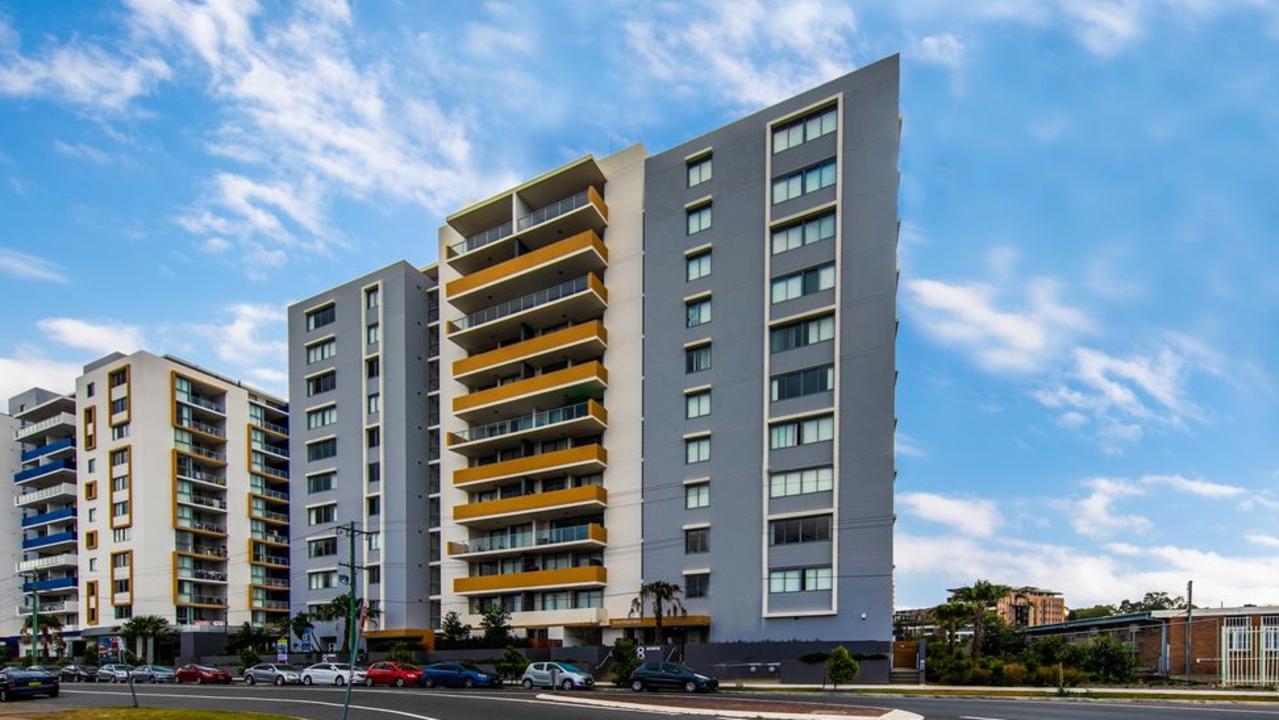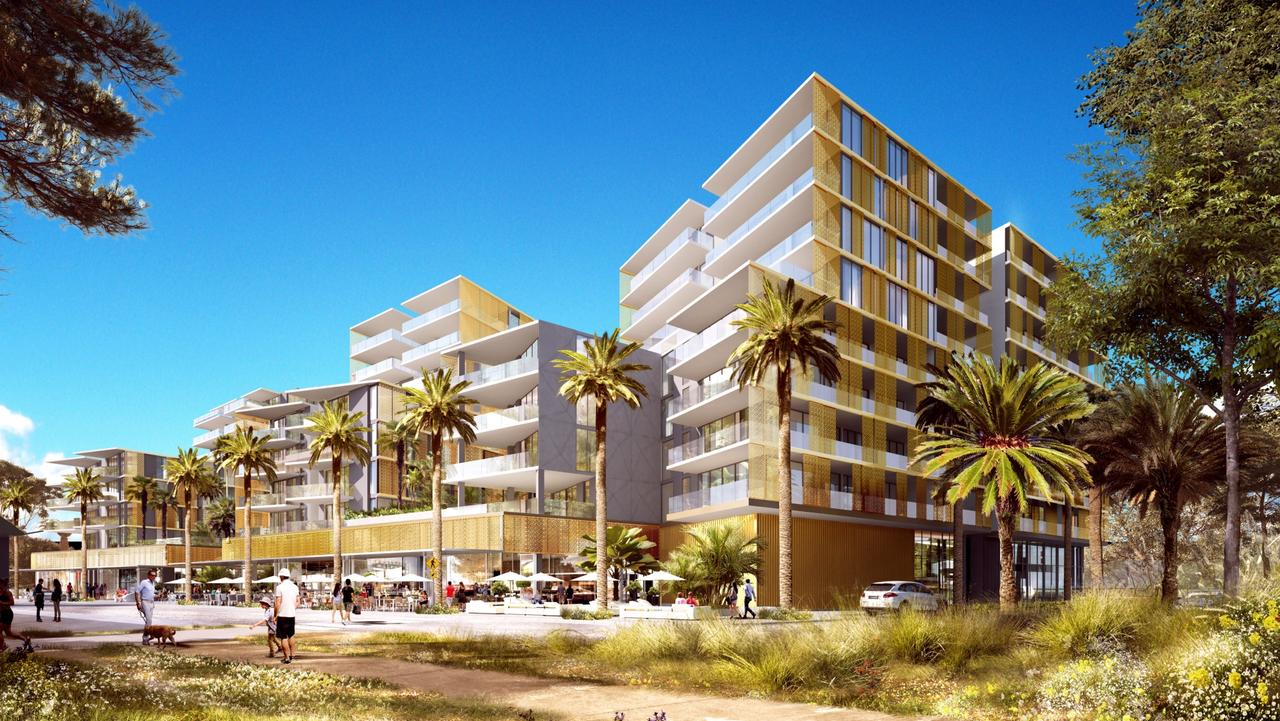One in five unit sellers lost money in Sydney’s high-rise apartment hubs
The number of units that have changed hands for prices less than the owners paid has been on the rise in multiple areas around Sydney where there has been rampant high-rise construction.

Homeowners in areas flooded with new high-rise apartments are facing a nightmare reselling their properties, with up to one in five reporting they lost money from their sales.
The losses were most frequent in crane-littered council areas Parramatta, Strathfield and Ryde, where sellers lost an average $63,000-$94,000 over the March quarter.
Losses were also becoming increasingly common for unit sellers across Sydney as a whole.
More than one in 10 resold their properties for less than they paid, totalling $116.5 million in losses, according to CoreLogic’s latest Pain and Gain report.
MORE: Housing slump bleeds NSW of $10b
Trick agents use to buy homes with tiny deposits
This was the highest rate of losses in at least 10 years and well up on the 3.5 per cent of apartments sold at a loss last year.
CoreLogic analyst Cameron Kusher said the proportion of unit sellers losing money was likely to grow.

This was because pockets of Sydney remained oversupplied with new apartments at a time when prices were falling and buyer demand remained weak. Investors were also struggling to get financing, he said.
Units recently sold at a loss included multiple homes in a Parramatta complex on River Rd West, one of which changed hands this year for $210,000 less than the vendor paid in 2015 and another for $240,000 less.
Five vendors lost money from their sales in a high-rise estate on Burroway Rd in Olympic Park, with the losses ranging from $160,000 to $240,000.

In nearby Wentworth Point, the vendor of a three-bedroom unit they picked up on Stromboli Strait for $1.52 million in 2016 sold for $1.26 million in May, a $260,000 loss.
Unit sales were tricky in the current environment because buyers were becoming increasingly cautious due to recent reports of dangerous cracking in high-rise buildings, Mr Kusher said.
Residents of Mascot Towers in Sydney’s south were last month evacuated over concerns the building was becoming unstable, while six months earlier a similar event occurred in Homebush.

“Caution was already there because prices and rents were falling so there would be even more caution now,” Mr Kusher said.
He added that apartment sellers faced similar supply issues in other big capitals, with 17 per cent of Melbourne units and 36 per cent of Brisbane units sold for less than the vendors paid.
“(Widespread) losses in the unit market have probably only just started in Sydney. Its two to three years behind those other cities so losses may increase,” Mr Kusher said.
Buyer’s agent Peter Kelaher said areas such as Parramatta, Ryde and the Homebush area had such a large pipeline of new apartments in the works it would “take at least two years for new stock to get sold”.

Realestate.com.au chief economist Nerida Conisbee said high foreign investment, particularly from China, would have played a part in encouraging the over-construction that has driven down prices.
“Lots of projects wouldn’t have got off the ground without Chinese buyers,” she said, adding that Chinese buyers accounted for a large share of the pre-sales developers needed to secure financing for their projects.
The impact of oversupply was apparent when comparing sales in areas where new unit releases were rare, CoreLogic’s report showed. Few homeowners reported losses in the northern beaches and Blue Mountains, where local councils blocked a range of new unit projects.
SQM Research director Louis Christopher said another driving forces of Sydney’s oversupply was developers building projects in further-flung suburbs where most buyers still preferred detached houses.
SIGN UP TO THE NSW REAL ESTATE NEWSLETTER
Many of these units remained unsold months after listing, while inner city units, where buyers were most accustomed to high-density living, were getting absorbed faster, he said.
Another key factor determining whether sellers were likely to make a loss was the length of time they owned their properties. Sydneywide, the average tenure of homeownership for apartment sellers who reported a loss was just over three years.
Unit sellers who resold for a profit owned their properties an average of eight years.
Originally published as One in five unit sellers lost money in Sydney’s high-rise apartment hubs



